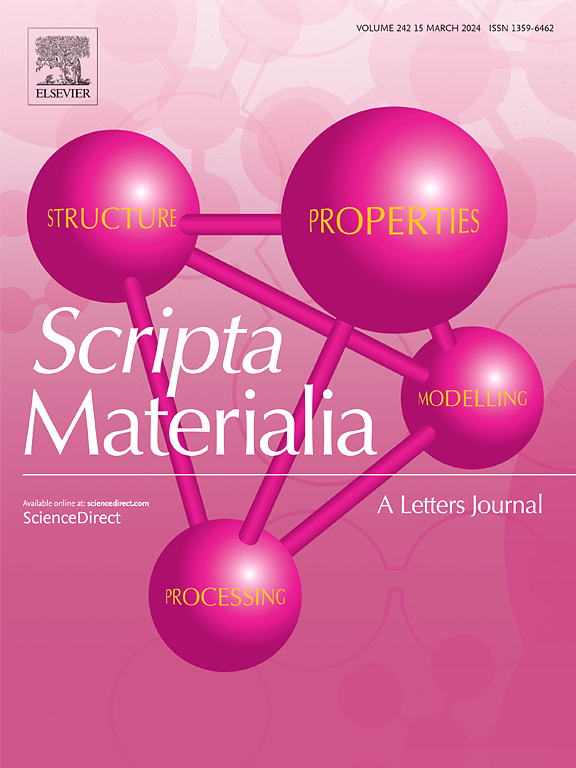A top-down strategy to determine interdiffusivities for fcc Ni-Co-Al-Ta quaternary system adopting diffusion triple and quadruple techniques
IF 5.3
2区 材料科学
Q2 MATERIALS SCIENCE, MULTIDISCIPLINARY
引用次数: 0
Abstract
To determine interdiffusivities in multi-component systems, the CALPHAD method traditionally follows a bottom-up sequence (i.e. from unary, binary up to ternary) in both experimental and optimization procedures before extrapolating to higher-order systems. However, this process faces challenges like low efficiency and considerable errors, often leading to reassessing sub-systems when studying higher-order systems. To address this problem, the present study on the fcc Ni-Co-Al-Ta system proposes a top-down strategy that designs samples simultaneously for binary and ternary sub-systems from a quaternary top-design perspective, significantly reducing experimental samples yet enabling mutual verification of sub-systems across samples. It is achieved by assembling diffusion triples and quadruples connecting six alloys end-to-end, and analyzing them using our newly developed two-dimensional inverse scheme. Atomic mobilities are inversely deduced from composition-distribution data sufficiently covering four surfaces of the quaternary single-phase composition quasi-pentahedron. This top-down strategy demonstrates its significant enhancement in efficiency and quality.

求助全文
约1分钟内获得全文
求助全文
来源期刊

Scripta Materialia
工程技术-材料科学:综合
CiteScore
11.40
自引率
5.00%
发文量
581
审稿时长
34 days
期刊介绍:
Scripta Materialia is a LETTERS journal of Acta Materialia, providing a forum for the rapid publication of short communications on the relationship between the structure and the properties of inorganic materials. The emphasis is on originality rather than incremental research. Short reports on the development of materials with novel or substantially improved properties are also welcomed. Emphasis is on either the functional or mechanical behavior of metals, ceramics and semiconductors at all length scales.
 求助内容:
求助内容: 应助结果提醒方式:
应助结果提醒方式:


